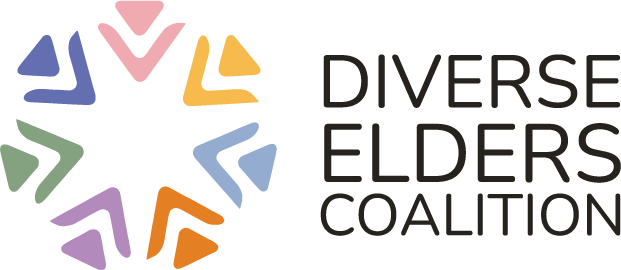The White House Initiative on Asian Americans and Pacific Islanders (WHIAAPI) and University of California, Riverside co-sponsored a challenge to hear from the public about novel approaches to analyzing, interpreting, and presenting data about Asian Americans and Pacific Islanders (AAPI).
The fastest growing segment of the AAPI population is older adults. There care an estimated 1.9 million AAPI older adults in the United States today, and by 2050, this population is projected to quadruple to 7.6 million.
The National Asian Pacific Center on Aging (NAPCA) submitted a video presentation that took a creative approach to utilize multiple datasets, survey and listening session results, and federal reports, to advocate for a better implementation and expansion of required targeting requirements within the Older Americans Act of 1965, as amended.
This project was influenced by the federal government’s Administration on Community Living (ACL) and their open comment period on proposed program instruction that would require states to include specific information in their plans on how they will target resources to all older adults with greatest social need, including minorities with the greatest economic need and those with limited English proficiency. In addition to the recommendations of expanding and enhancing targeting requirements, NAPCA is specifically asking that ACL require states to (1) increase language access and disaggregate data collection, and to (2) strengthen delivery to the AAPI community by supporting community/ethnic-led organizations.
The video is the culmination of various sources of data, such as (1) the ACL’s Aging Integrated Database, to custom-build State Program Report: Service Utilization datasets specifically for AAPI older adults; (2) the U.S. Census – American FactFinder, to develop an AAPI older adult disaggregated dataset on several socio-economic factors, such as limited English proficiency, poverty, income levels, immigration status, and educational attainment rates to determine the number of older adults that were in the U.S; (3) qualitative results collected by NAPCA, in partnership with WHIAAPI, through a number of listening sessions held throughout the country that (a) solicited feedback from AAPI older adults about the needs, challenges, and barriers in their region, and (b) allowed the community to learn about the different federal agencies and programs that exist within the community for AAPI older adults; and (4) results from NAPCA’s recent survey of professionals in the field of aging to determine their knowledge, skills and abilities to provide culturally competent and linguistically appropriate services to AAPI older adults. Collectively, the results are incorporated into the video and to highlight the issue of inequitable access to OAA services and funding for AAPI older adults.
Please visit the following link to view the video: https://youtu.be/XzPrIOahAvA
We’re pleased to announce that NAPCA was selected to present our video at the Elevate: AAPI Data Challenge convention on October 7, 2016 in Washington DC because of its topical relevance, soundness of methodology, relevance to policy audiences, accessibility to general audiences, and novelty.
The opinions expressed in this article are those of the author and do not necessarily reflect those of the Diverse Elders Coalition.


